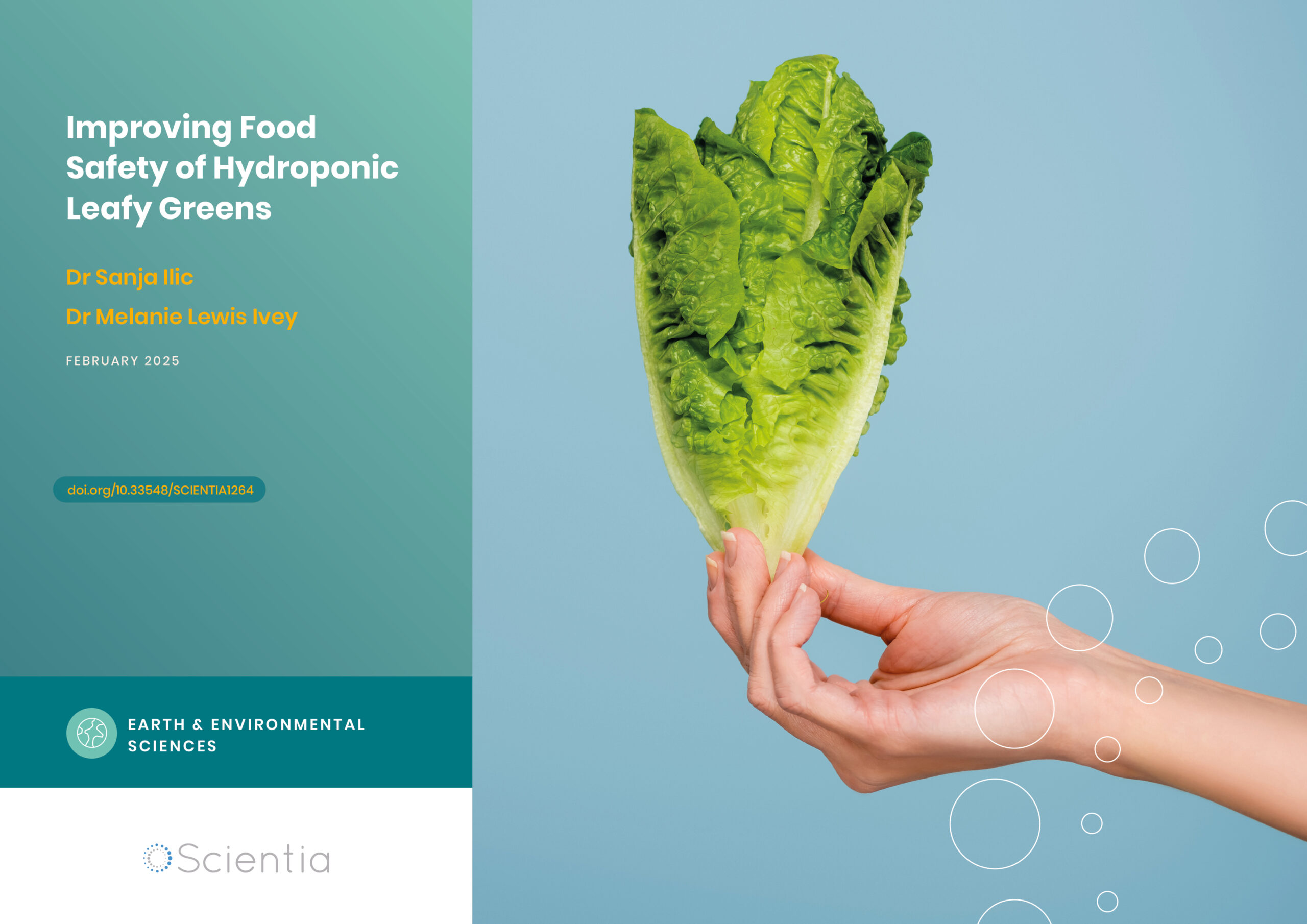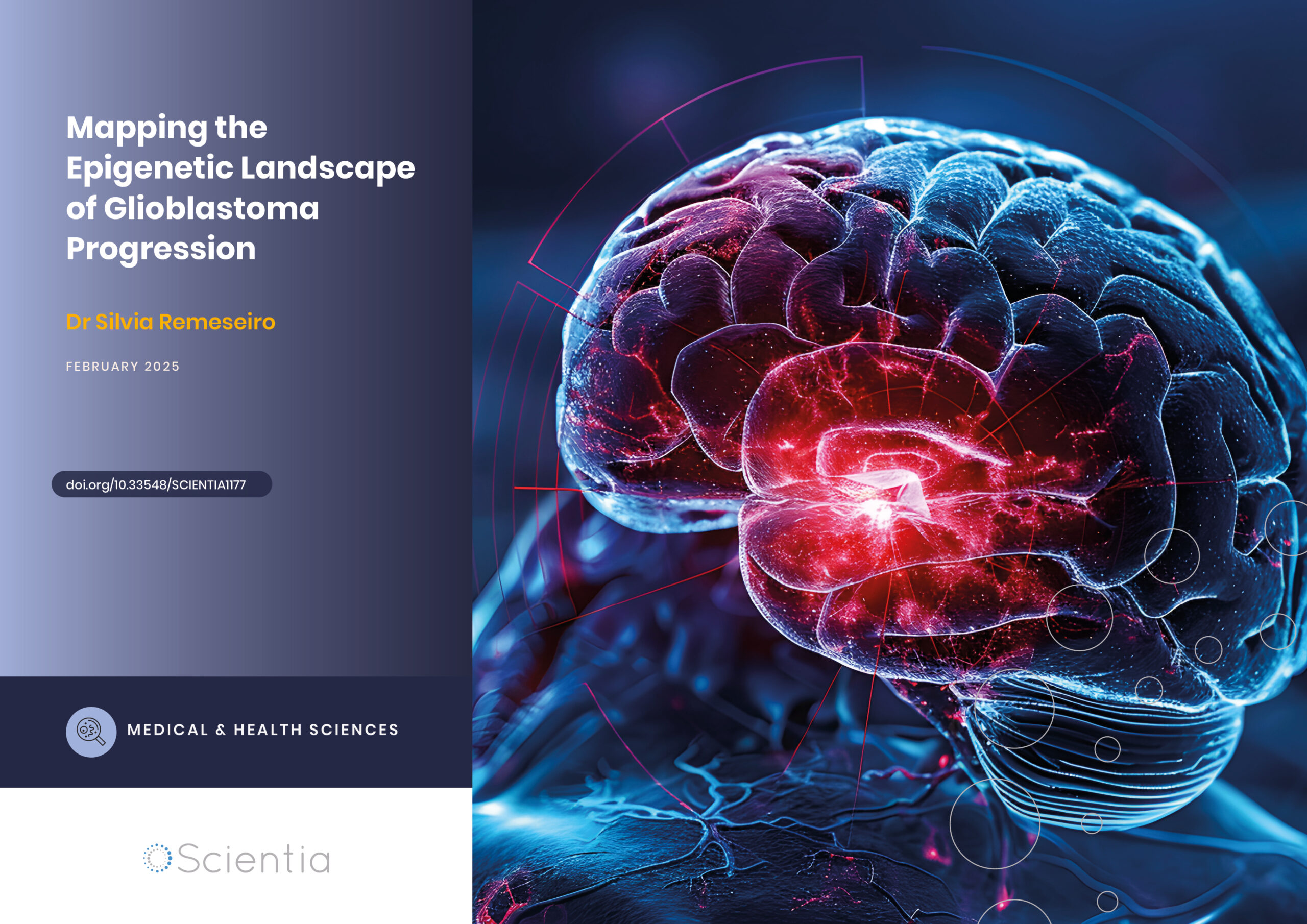Dr York Hsiang – Going with the Flow: New methods for Treating Cardiovascular Disease
When an artery becomes blocked or damaged, a mechanical scaffold called a stent is often implanted into the vessel to improve blood flow. However, metallic stents can cause re-narrowing at the sites where they are implanted. This process is known as restenosis, which can lead to lethal complications. Dr York Hsiang, Professor of Surgery at the University of British Columbia, and his team use microengineering techniques to develop novel stents that can better detect restenosis, and treat it earlier when it occurs.
Cardiovascular Disease: A Growing Problem
Cardiovascular disease is a leading cause of death worldwide, and includes a number of conditions including heart disease, strokes, and diseases of the peripheral circulation. According to the British Heart Foundation, heart and circulatory diseases cause more than a quarter of all deaths in the UK. An average of 460 people each day die from these diseases, and survivors can live with serious long-term complications.
A major cause of cardiovascular disease is a narrowing of the arteries caused by the build-up of fatty plaques on the artery walls, a process known as atherosclerosis. These plaques harden over time, narrowing the arteries and limiting the flow of blood. Atherosclerosis can occur anywhere in the body, and different conditions can develop based on where it occurs – the most common being coronary heart disease (CHD), in the case of atherosclerosis of the coronary arteries.
Stents as Arterial Scaffolds
A procedure known as balloon angioplasty is effective in treating atherosclerotic plaques. This procedure involves inserting a small deflated balloon attached to a catheter into the atherosclerotic area, then inflating the balloon which breaks up the plaque, to increase the diameter of the affected blood vessel and improve blood flow. Following the procedure, the blood vessel may re-constrict. If this happens, a metal scaffold – a stent – can be inserted into the site of the angioplastied area to hold the blood vessel open.
Although widely used and effective, stents are foreign metal objects. When placed within the blood vessel, the body’s natural response is to reject the foreign substance by inflammation. This inflammatory response from the blood vessel wall occurs due to the immune system responding to damage caused by implantation of the stent. Over time, the build-up of inflammatory tissue within the stent, leads to re-narrowing of the stented blood vessel. This event, called restenosis, occurs in 20–30% of patients and can lead to serious complications; in some cases, restenosis can be severe enough to completely block blood flow and cause heart attacks or strokes.
Current approaches to combat restenosis are effective but still have limitations. Stents can be coated with drugs that suppress the immune system to help prevent restenosis. However, the use of drug-eluting stents has been linked to an increased long-term risk of death due to sudden clotting of the stent. With 3 million stents being implanted worldwide, new, more effective methods to address restenosis are needed.

Diagnosing Restenosis
Dr York Hsiang, Professor of Surgery at the University of British Columbia, and his team have been working on new stent devices for the early diagnosis of restenosis. Dr Hsiang and his team’s recent projects include the development of a stent that can monitor early signs of restenosis in the patient.
Current methods for diagnosing restenosis are limited in their effectiveness and can be extremely costly. Primary methods used to detect restenosis include imaging techniques such as magnetic resonance imaging and X-ray angiography. These methods are expensive, cannot give real-time information regarding the condition, and in some cases, do not give information about where restenosis has occurred. They also require the patient to be exposed to high doses of ionising radiation. The most effective current diagnostic techniques use catheters to specifically image the stented area in real-time but these are costly and cause patient discomfort.
Smart Stents
Dr Hsiang and his team recognised the need for a non-invasive and rapid method to diagnose restenosis following stent implantation. In order to address this issue, they looked to microengineering approaches, aiming to produce a stent that uses integrated microelectronics to monitor the progression of the disease.
In a 2018 study, Dr Hsiang and his colleagues designed and tested a stent able to monitor the development of restenosis in real time but in a non-invasive way. This ‘smart stent’ is manufactured like a normal stent and can be implanted using standard balloon catheters, and is composed of pressure sensors joined by a conductive metal frame.
The metal part of the stent, as well as keeping the blood vessel open like a traditional stent, acts as a miniature antenna that can relay information about the blood pressure inside the stent. Readings can be taken by placing an external antenna against the skin that emits radio waves, powering the sensors and providing data to the external antenna regarding blood pressure. A drop in blood pressure indicates that the stent is becoming blocked and treatment may be needed.
The team tested the device in the lab, using salt water flowing through plastic tubing as a simulation of the cardiovascular system. They found that they could measure changes in the properties of the stent based on the pressure inside the graft. They then tested the device using an animal model, by sewing a graft containing the sensor-integrated device into a pig artery. The team found that when they mechanically restricted blood flow through the artery, they could detect these changes using the antenna.

The Road to the Clinic
The advantages of this device are that real time information about restenosis can be taken without the need for invasive or high-energy diagnostic procedures. The device may also be used to detect restenosis at an earlier stage than other diagnostic techniques, with less danger to the patient.
The next steps for the group are optimising the device for use in the clinic. The team aims to improve the sensitivity of the device to detect more subtle changes in pressure that may be seen during early restenosis. Their overall aim is to be able to diagnose restenosis before symptoms occur. They then hope to integrate the antennae device with internet functionality, allowing in-stent pressure to be monitored at home.
Treating Restenosis
Although the smart stent was capable of monitoring blood flow without using invasive methods, the current treatments for restenosis remain invasive and potentially dangerous. In cases where stents are partially blocked, a second balloon angioplasty may be required. In cases of full blockage, more complicated surgeries are required, or a new stent may need to be inserted. All these surgeries require catheterisation, carrying with it a risk to the patient and significant discomfort. The group therefore investigated the use of a smart stent for treating restenosis.
Recent studies have shown that hyperthermia, or the application of mild heat, could be effective for the suppression of restenosis. Studies have heated an implanted stent using various means to prevent restenosis. One method involves inserting a catheter into the stent and inducing heat in the stent using an electromagnetic field. However, this is invasive, and the high power used poses a health risk to the patient. Other methods such as external beam radiation to heat the stent have been tried, but again pose a risk to the patient due to the use of ionising radiation.
Through their work with the smart stent, Dr Hsiang and his team found that stainless-steel antenna stents can produce heat when excited with radiofrequency waves. This finding led to a very recent study in which the team tested a smart stent capable of heating without the need for invasive catheter procedures. The stent, like the previous smart stent, used a radiofrequency inductor, which heats up when exposed to radio waves of a specific frequency.
To test their device, Dr Hsiang and his team implanted an artificial graft containing the stent into the femoral artery of pigs and monitored the temperature of the stent using both fibre optic sensors attached to the artificial graft, and infrared imaging. They found they could increase the temperature by increasing the power of the radiofrequency waves supplied to the implant. This showed that use of an actively heating stent was clinically possible, and sets the stage for future studies to improve and optimise the system for clinical use.

Example of a stent used to open a blocked artery
Where Next?
Based on the promising results from their studies, future work by the team will focus on bringing these inventions into the clinic to provide practical and safe diagnostic and treatment tools for patients with stents. Future studies will also aim to integrate these devices with anti-thrombotic coatings to combine the benefits of these coatings with the benefits given by the smart stents.
By using microengineering techniques, Dr Hsiang and his team have provided new diagnostic and treatment techniques for restenosis. With 3 million stents being implanted worldwide each year, new methods dealing with the consequences of stent implantation will no doubt improve patient quality of life through more reliable and less invasive methods for their management.
Reference
https://doi.org/10.33548/SCIENTIA427
Meet the researcher

Dr York Hsiang
Professor of Surgery
Department of Surgery
University of British Columbia
Vancouver, BC
Canada
Dr York N Hsiang completed his MB ChB at the University of Otago, before embarking on General and Vascular Surgery training at the University of British Columbia in Vancouver. Following this, he undertook research training with an MHSc degree in Clinical Epidemiology and Biostatistics and a research fellowship at Harbor-UCLA Medical Center in California. He was promoted to Professor of Surgery in 2000. His research focuses on the development of novel stents, devices that are implanted into damaged or blocked blood vessels to keep them open. Using microengineering approaches, Dr Hsiang’s group designs new stents that can treat or detect issues associated with stent implantation using remote methods. Dr Hsiang is the recipient of numerous awards and holds a number of grants for his work. He has published a wealth of literature over the past 30 years concerning the treatment and diagnosis of cardiovascular diseases.
CONTACT
KEY COLLABORATORS
Kenichi Takahata, Department of Electrical and Computer Engineering, University of British Columbia
FUNDING
The Canadian Institutes of Health Research
The Natural Sciences and Engineering Research Council of Canada
The Canada Foundation for Innovation
The British Columbia Knowledge Development Fund
FURTHER READING
GK Yang, YN Hsiang, Primary popliteal vein aneurysm, Clinics in Surgery, 2018, 3, 2076.
X Chen, B Assadasangabi, YN Hsiang, K Takahata, Enabling angioplasty-ready “smart” stents to detect in-stent restenosis and occlusion, Advanced Science, 2018, 10.1002/advs.201700560.
JD Misskey, C Yang, S MacDonald, et al, A Comparison of RUDI and DRIL for the management of severe access-related hand ischemia, Journal of Vascular Surgery, 2015, 62, 535–536.
SM Grenon, J Gagnon, YN Hsiang, Ankle-Brachial Index for Assessment of Peripheral Arterial Disease, New England Journal of Medicine, 2009, 361, e40.

Creative Commons Licence
(CC BY 4.0)
This work is licensed under a Creative Commons Attribution 4.0 International License. 
What does this mean?
Share: You can copy and redistribute the material in any medium or format
Adapt: You can change, and build upon the material for any purpose, even commercially.
Credit: You must give appropriate credit, provide a link to the license, and indicate if changes were made.
More articles you may like
Improving Food Safety of Hydroponic Leafy Greens
Hydroponic farming is experiencing rapid growth worldwide, offering a sustainable and efficient method of producing fresh, nutrient-rich crops. However, the unique conditions of hydroponic systems also present complex food safety challenges. Dr Sanja Ilic and Dr Melanie Lewis Ivey, researchers at The Ohio State University, are at the forefront of efforts to understand and mitigate the risks of human pathogen contamination in commercial hydroponic production. Their pioneering work is providing crucial insights and practical guidance to help ensure the safety and nutritional value of hydroponically grown leafy greens.
Dr Paul Robertson | Artificial Intelligence in the Cockpit: New Systems Could Help Prevent Aviation Accidents
Despite significant advances in aviation safety over recent decades, accidents still occur that could potentially be prevented with better warning systems. Dr Paul Robertson of Dynamic Object Language Labs, Inc. (DOLL) is leading groundbreaking research into how artificial intelligence could help pilots avoid dangerous situations. His team’s work reveals promising developments and important cautions about implementing AI in aircraft cockpits, with implications for the future of aviation safety.
Dr Yasjka Meijer | Monitoring Greenhouse Gas Emissions from Space: The Copernicus CO2M Mission
Atmospheric concentrations of carbon dioxide (CO2) and methane (CH4) have been steadily rising due to human activities, contributing to global climate change. Dr Yasjka Meijer from the European Space Agency is responsible for the objectives and requirements of the Copernicus Anthropogenic Carbon Dioxide Monitoring (CO2M) mission – a constellation of satellites that will enable the monitoring of anthropogenic greenhouse gas emissions from space with unprecedented accuracy and detail. This groundbreaking mission aims to support international efforts to reduce emissions and combat climate change.
Dr Silvia Remeseiro | Mapping the Epigenetic Landscape of Glioblastoma Progression
Glioblastoma, the most aggressive form of brain cancer, continues to challenge medical professionals with its poor survival rates. Recent groundbreaking research by Dr Silvia Remeseiro and her colleagues at Umeå University in Sweden has shed light on the complex epigenetic and chromatin-related mechanisms underlying the communication between neurons and glioma cells. This research opens new avenues for understanding and potentially treating this formidable disease.




